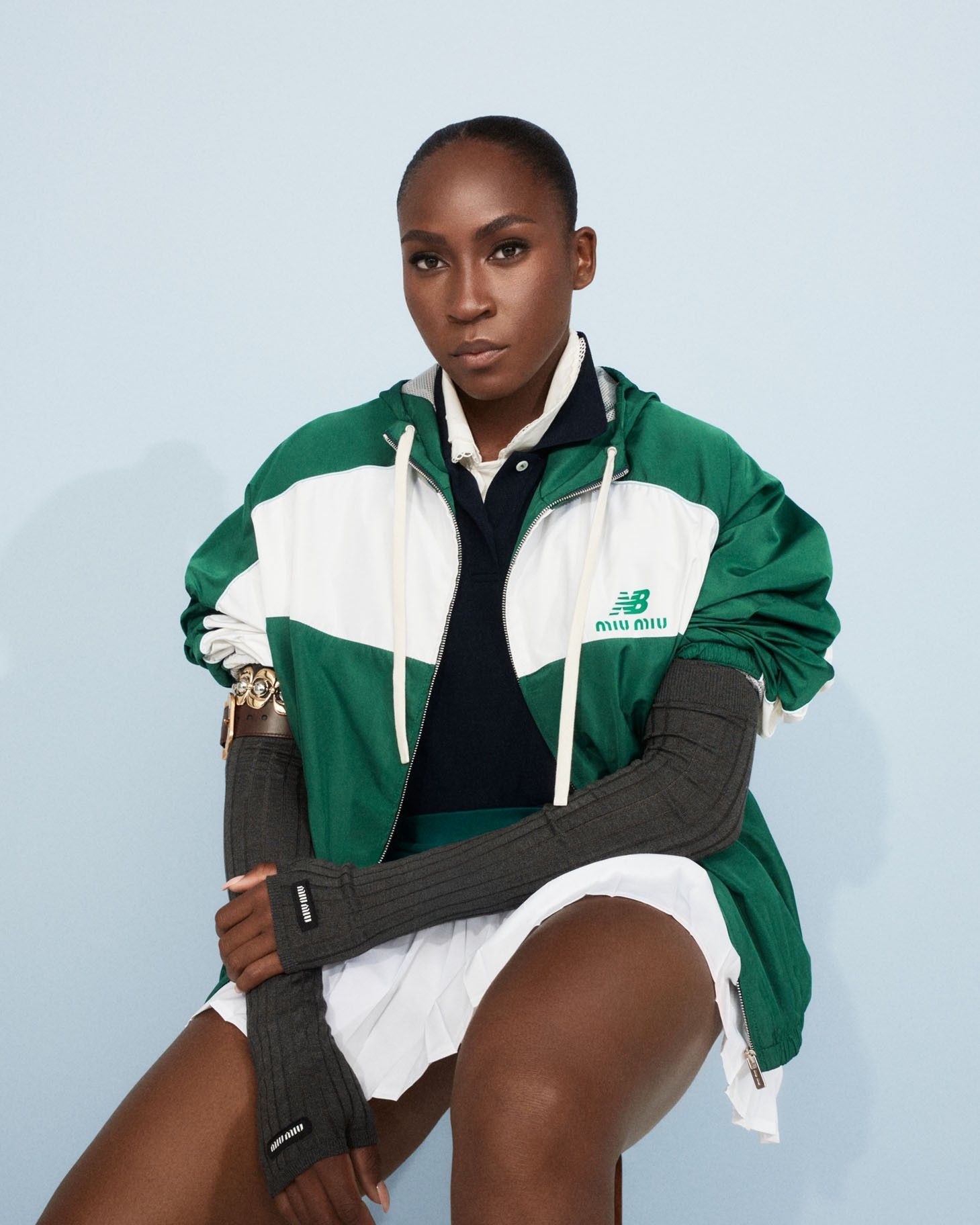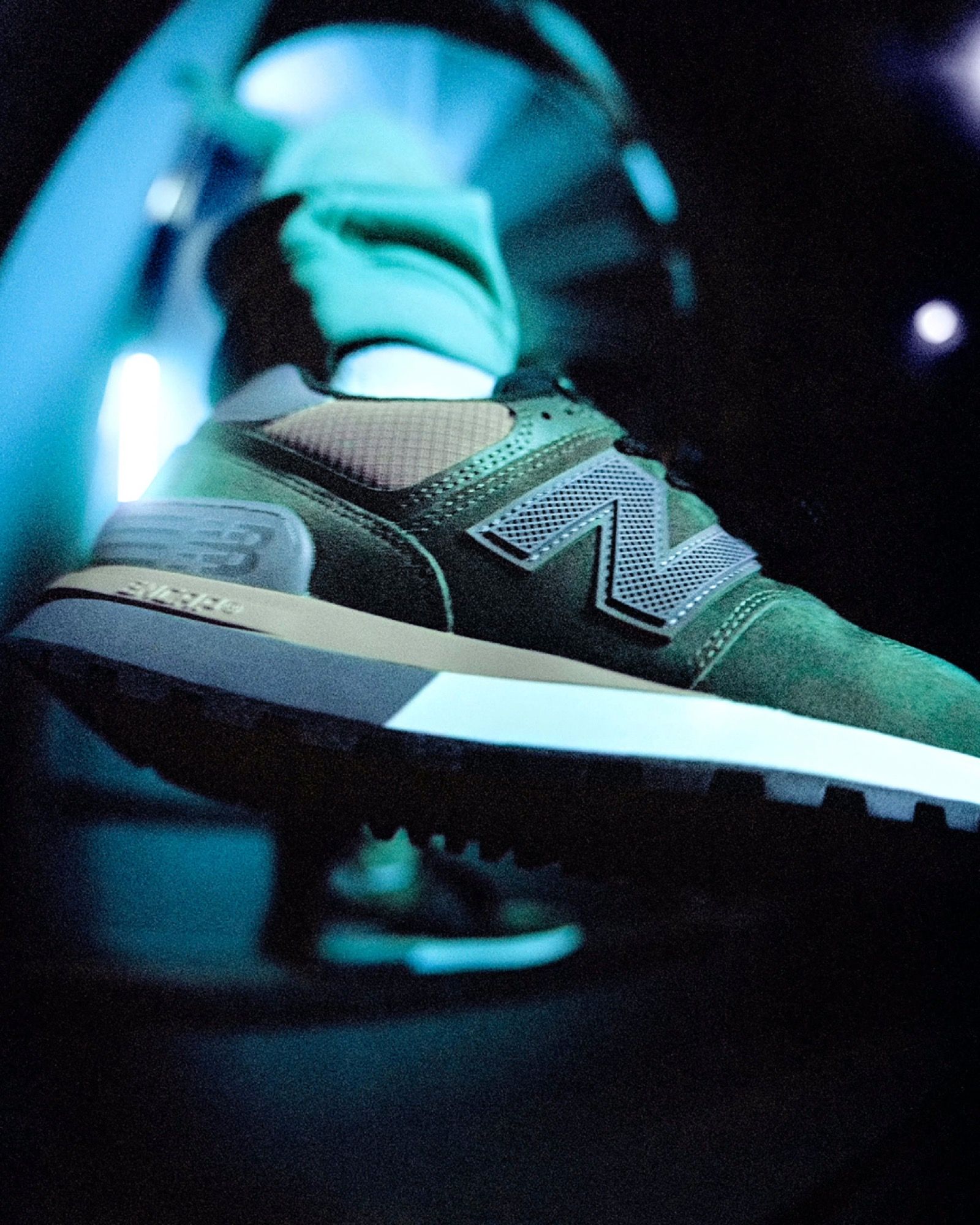
For New Balance, collaborations are still a serious matter From Salehe Bembury to Auralee and Junya Watanabe
An ongoing topic debated within the realms of sneaker culture concerns collaborations. Historically, these have symbolized a strategic opportunity for brands to connect with subcultures, international stores, emerging realities, celebrities, and more. The general audience (often composed of newcomers) has consistently reacted with a good deal of curiosity to collaborations within the sneaker industry, partly because they leverage the concept of scarcity, a significant driver in terms of appeal. New Balance has been the brand that has taken this "game" seriously over the years. While other brands sought immediate, sterile approval and appreciation from the general audience by executing collaborations that were difficult to communicate and sometimes lacked a true purpose, New Balance wisely explored the fashion landscape through co-branding, ensuring a promising future. This does not mean that New Balance has not tried to position itself in other markets using a different price point, nor does it mean that it will stop doing so. Remember how the Boston brand launched the 574 model in collaboration with Miu Miu at a retail price of €750, placing the drop in a diverse range of co-branding that balanced envy among all other players in the sneaker market.
The same balance, even today, remains a key point in New Balance's vision. Paris Fashion Week has just concluded, and footwear has once again found its highest expression on the runways: while Timberland capitalized on FW hype by riding the wave of the boot trend, the runway shows of other brands reveal how New Balance is the only sneaker brand still enjoying a comprehensive consideration from major fashion brands. Auralee presented two new colorways of the iconic 990 v4 model in collaboration with New Balance, a silhouette perfectly in line with the relaxed fit outfits worn by models. Even Junya Watanabe used the Paris fashion show to launch a product in collaboration with New Balance: a hybrid loafer with the midsole of the heritage model 1906r. A duo of collaborations that disproves what is said about sneakers today, unfairly considered "B-grade" in the vast footwear landscape. The sneaker industry is still alive and is a channel through which brands can present new or at least different products to a broader audience, communicating especially with a wider audience.
There is obviously a reason why most fashion brands choose to associate with New Balance. 2002r, 1906r, 530, 550, 992: many models created by the brand have conquered the feeds of fashion creators on Instagram and TikTok (not those of "die-hard" fans), and they are the only sneaker models to survive in the now-dominated "sneaker rotation" by clogs, loafers, and boots of all kinds. Moreover, New Balance has a great ability to know and collaborate both with avant-garde brands and with luxury brands, as well as with more commercial initiatives - an operating method that has allowed the Boston brand to achieve a freedom status, enabling it to collaborate simultaneously with Junya Watanabe, Auralee, Miu Miu, but also Salehe Bembury. Everything New Balance does finds a way to generate an electric charge: whether it's the appointment of Teddy Santis as creative director of the Made in USA line or the virality of a general release in gray.
The brand's secret lies in never considering, even for a moment, that the concept of collaboration could be its only strength. On the contrary, for New Balance, collaborations are a serious matter precisely because they are a consequence and not a cause of its cult status; the result of general appreciation for the brand's roots and congenial management that has translated the patient approach to the fashion system into fortune.















































